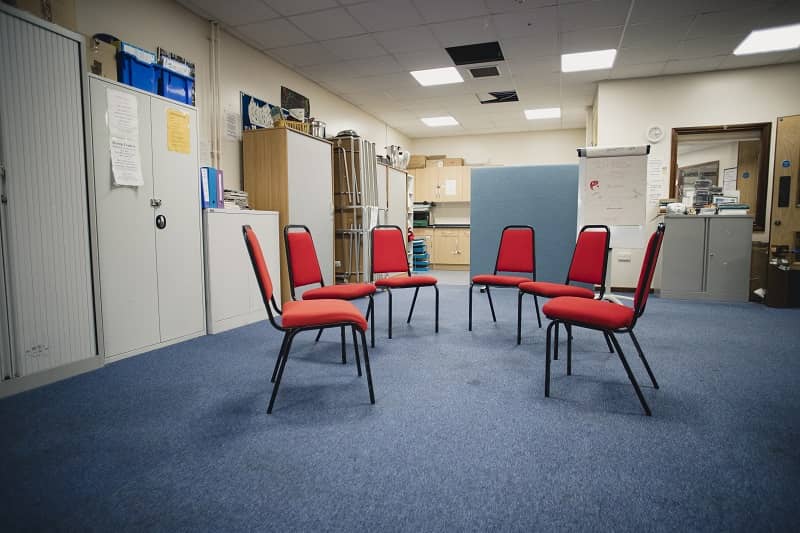

While the debate continues over top-down, government-provided health care vs. consumer-driven, grassroots health care, here are some interesting points to consider.
First, the government- provided approach. Many say that affordability would not be an issue, given a payroll tax to pay for universal coverage. However, any time a tax is levied, more of “middle America” loses earned income. This leads to an increasing burden on working families, without any guarantee of receiving health coverage. And that care will be rationed—according to the government’s needs, not the taxpayers’.
On the other hand, many say that consumer-driven health care will lead to businesses caring more about profits than people. The truth is that people drive profits. Companies not providing relevant and quality services would be out of business. Customer service must be of primary importance to providers. Also, the critics fall silent on one significant assumption: that people are too dumb to make choices and take care of themselves. It is this thinking that leads us to the increasing nanny-state, causing more people to behave as if they were in daycare.
Lastly, to those who want to empower the poor, minorities and others: The grassroots, consumer-driven approach seems the most reasonable and effective. Interesting to ponder why liberals often choose a different path.
© 2008, Cascade Policy Institute. All rights reserved. Permission to reprint in whole or in part is hereby granted, provided the author and Cascade Policy Institute are cited. Contact Cascade at (503) 242-0900 to arrange print or broadcast interviews on this topic. For more topics visit the QuickPoint! archive.











